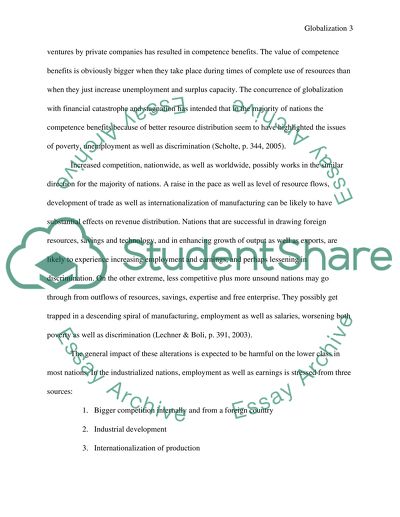Cite this document
(“Who or what is the main beneficiary of globalization Essay”, n.d.)
Retrieved from https://studentshare.org/environmental-studies/1416622-who-or-what-is-the-main-beneficiary-of
Retrieved from https://studentshare.org/environmental-studies/1416622-who-or-what-is-the-main-beneficiary-of
(Who or What Is the Main Beneficiary of Globalization Essay)
https://studentshare.org/environmental-studies/1416622-who-or-what-is-the-main-beneficiary-of.
https://studentshare.org/environmental-studies/1416622-who-or-what-is-the-main-beneficiary-of.
“Who or What Is the Main Beneficiary of Globalization Essay”, n.d. https://studentshare.org/environmental-studies/1416622-who-or-what-is-the-main-beneficiary-of.


